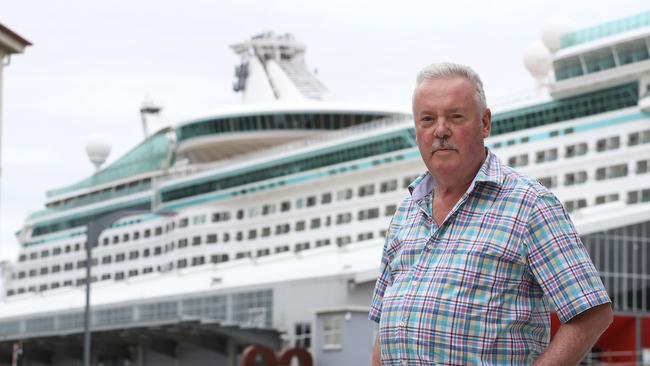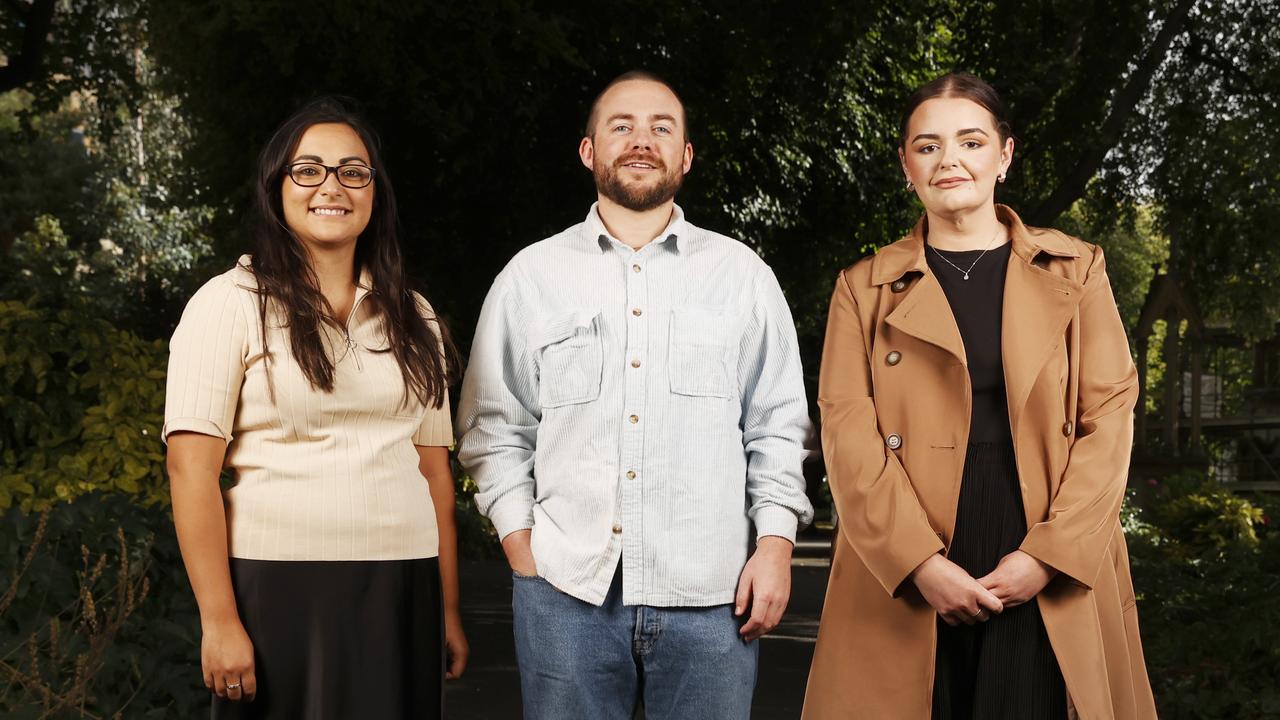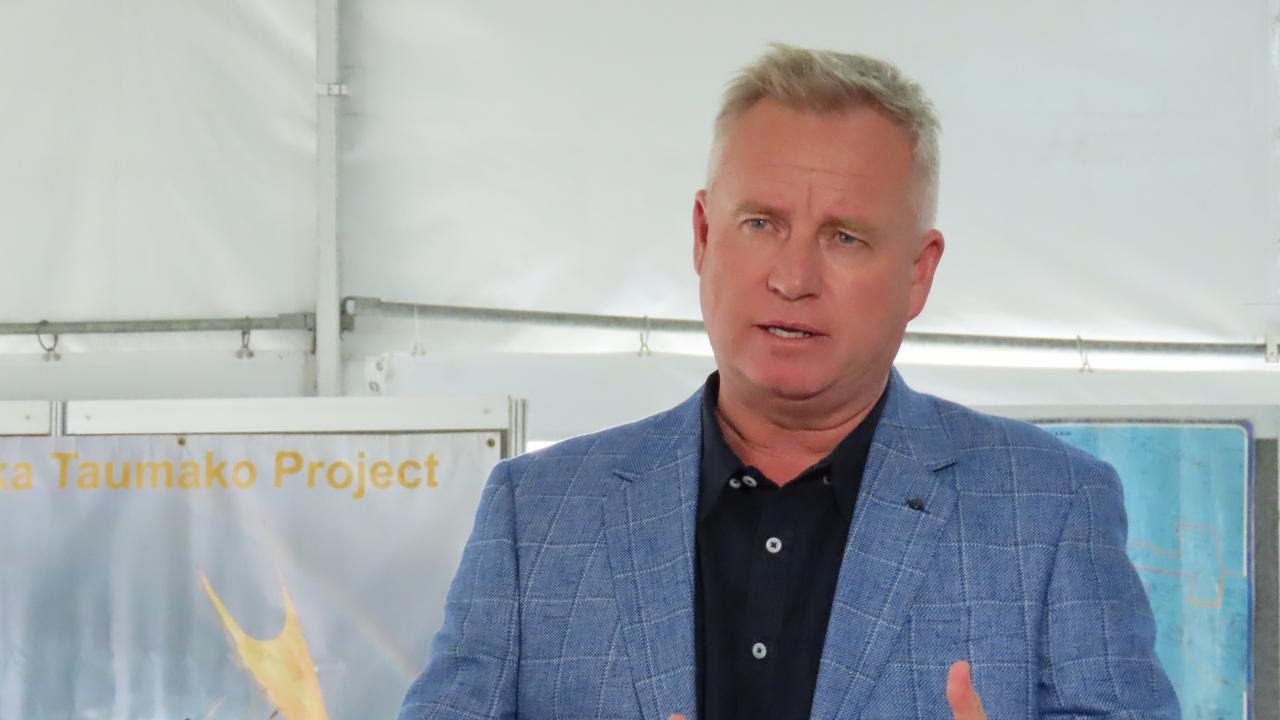Ship emmisions expert calls for tighter fuel burning regulations to bring Hobart up to standard with other port
A LEADING Australian ship emissions expert has called for a ban on the burning of low quality bunker oil by cruise ships when they enter the port of Hobart.

Tasmania
Don't miss out on the headlines from Tasmania. Followed categories will be added to My News.
A LEADING Australian ship emissions expert has called for a ban on the burning of low quality bunker oil by cruise ships when they enter the port of Hobart, to put the city in the same environmental league as Sydney, all European cruise ship destinations, plus many in North America.
The University of Tasmania’s Australian Maritime College researcher Laurie Goldsworthy, who was involved with a ship emissions study in Sydney, which preceded a ban on the burning of bunker oil by ships in Sydney Harbour, said smoke particles generated by bunker oil needed to be analysed more thoroughly before authorities could be confident that their concentrations were, or were not, a danger to public health.
Dr Goldsworthy said the issue was not expected to go away in Hobart once the Federal Government had implemented a ban on high sulphur fuels from 2020, consistent with new international rules.
He said it would still enable cruise ship operators to burn bunker oil in Hobart — with sulphur levels cut from as high as 3.5 per cent to below 0.5 per cent — and that such low grade fuels would continue to produce a cocktail of pollutants, including some sulphur dioxide which triggered respiratory problems.
“It would reduce the problem. It’s difficult to say how much,’’ he said.
“There would still be some sulphur … plus the heavy metal content,” he said.
Dr Goldsworthy said safe limits for bunker oil pollutants, when combined, were still not known.
He said the authorities responsible for Sydney, and many other first-world ports had decided to play it safe by insisting that ships only burn diesel, a much cleaner fuel, while in port and, as the number of cruise ship visits skyrocketed, Hobart should follow.
The Hobart City Council last September called for the State Government to press the Federal Government for such measures, in response to public concerns.
Dr Goldsworthy said it was becoming clearer that small areas in the immediate vicinity of ships could be at highest risk.
Euan Hills whose Art Mob Aboriginal art gallery, as well as his Hunter St residence sat just 200m from cruise ships, said he had suffered effects of pollution on calm days when inversion layers caused smoke to hang around.
“I could hardly breathe,’’ he said.
“If you live in a toxic environment for long enough it will get you,’’ he said.
Mr Hills said he was aware of at least one nearby resident who suffered asthma attacks linked to cruise ship visits, and that the Environmental Protection Authority should move its monitoring equipment from CSIRO wharf to an area closer to the ships.
A State Government spokesman said the Government was maintaining its previous position, to maximise the number, and economic benefits, of cruise ship visits, while waiting for the 2020 changes to kick in.


